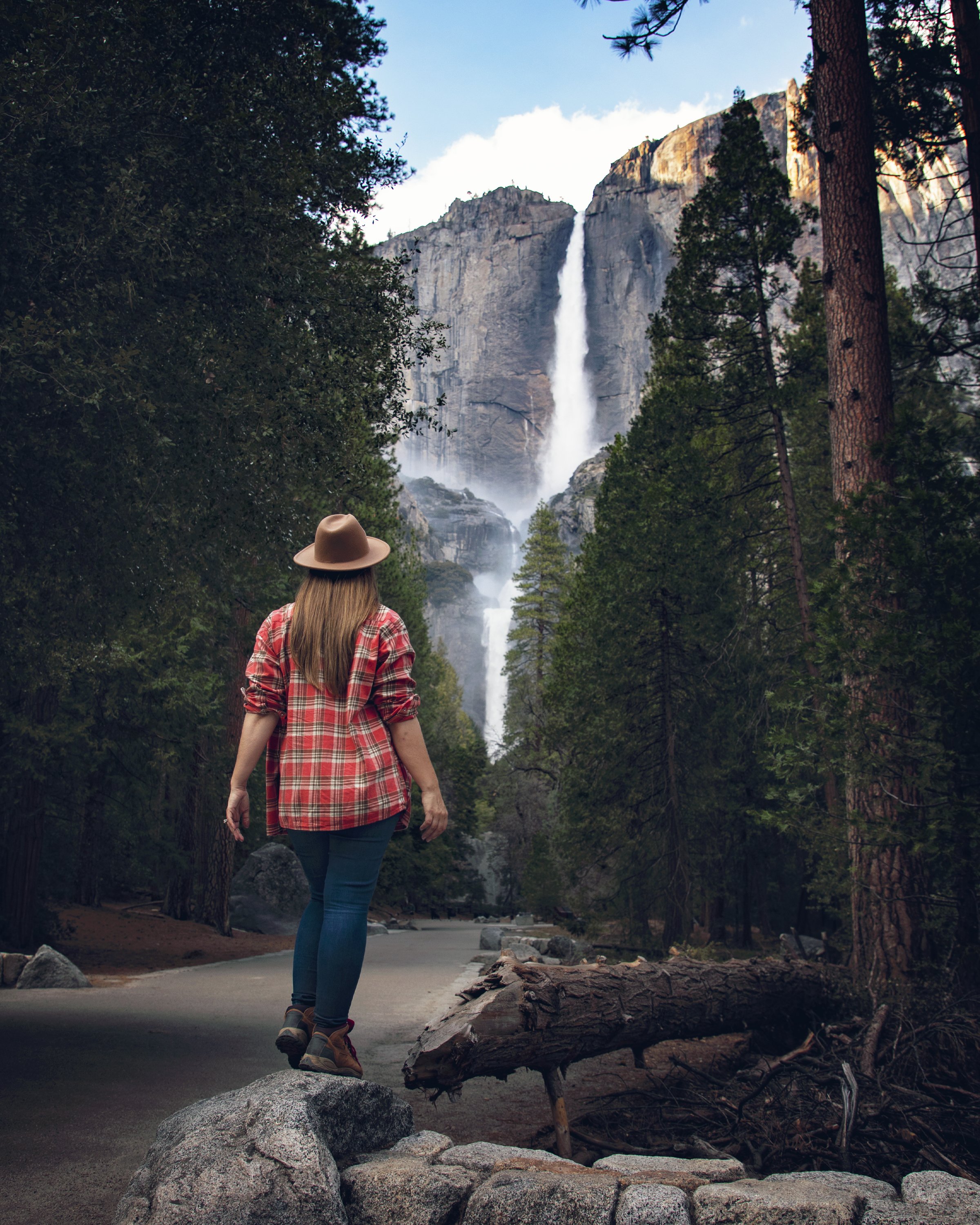A Perfect Day in Morro Bay: Kayaking & Tide Pools Along the Central Coast
Hi friends! Morro Bay, California, is a destination where adventure and serenity converge. With its calm estuary waters perfect for kayaking, tide pools brimming with marine life, and an abundance of wildlife, Morro Bay offers endless opportunities to connect with nature. Whether you’re paddling alongside playful sea otters, exploring tide pools teeming with starfish and anemones, or spotting rare birds, this coastal haven is a must-visit for outdoor enthusiasts, families, and anyone seeking the magic of the Central Coast. Join me below as we set off on an epic kayaking and tide pooling adventure in Morro Bay.
North Point Natural Area in Morro Bay, CA
Location
Nestled on California’s Central Coast, Morro Bay sits along the iconic Highway 1, just north of San Luis Obispo and approximately halfway between Los Angeles and San Francisco. Its defining feature is the awe-inspiring Morro Rock, a 576-foot volcanic plug that towers over the harbor, serving as both a landmark and a nesting site for all kinds of birds, including peregrine falcons.
Morro Bay’s unique location blends diverse ecosystems, from sheltered estuaries to rugged coastlines. This diversity makes it a playground for adventurers and a sanctuary for wildlife. Whether you're kayaking, tide pooling, or birdwatching, you’ll find that Morro Bay’s natural beauty offers something for everyone.
Kayaking in Morro Bay
History
Morro Bay’s story begins with the Chumash people, who thrived in the region for thousands of years, using the bay's abundant marine resources for food and trade. The arrival of Spanish explorers in the 18th century marked the beginning of dramatic changes. Morro Rock, named for its crown-like shape (“morro” in Spanish), became a navigational marker for early sailors.
By the 20th century, the town transformed into a bustling hub for fishing, canning, and tourism. Today, Morro Bay balances its maritime roots with a deep commitment to preserving its natural environment, making it a vibrant destination where history and nature coexist.
Public Launch Ramp in Morro Bay
Kayaking in Morro Bay near the Sandspit
Kayaking in Morro Bay
Kayaking in Morro Bay is a dream for paddlers of all levels, but preparation and a bit of research is vital for a safe and enjoyable time on the water. The calm, sheltered waters of the Morro Bay Estuary make it an ideal spot for beginners, while more experienced kayakers can venture out toward Morro Rock or explore the edges of the Sandspit. It’s super important to check tide charts when planning your kayaking adventure. The current from an outgoing tide can be quite intense the closer you get to the Morro Bay Boatyard, and dangerous if you find yourself out by Morro Rock, particularly during extremely high/low tide times, such as King Tides.
My recommendation is to put in the water at the Public Launch Ramp at the end of Embarcadero during a rising tide, heading south towards the Morro Bay State Park and Marine Reserve. Then heading back once the tide has peaked with a stop off at the Sandspit to explore. This will allow you to ride the currents rather than paddling against them.
Morro Bay Sandspit with Morro Rock in the distance
Birdwatching from the kayak near the Morro Bay Heron Rookery
Here’s what you can look forward to along your kayaking adventure:
The Morro Bay Estuary is a labyrinth of tidal channels bordered by lush eelgrass meadows, a critical habitat for marine life. You’ll likely encounter harbor seals, sea otters floating with their pups, and a symphony of shorebirds foraging in the mudflats.
The Sandspit is a long, narrow barrier of dunes that separate the bay from the Pacific Ocean. Many kayakers choose to land here for a scenic hike or a picnic, with sweeping views of both the bay and the ocean. Just be aware of the tides when exploring here. Rising tides can steal your kayak if you’re not careful, and lowering tides can leave you in the mud.
The Heron Rookery is a must-visit for birding enthusiasts and nature lovers nestled on the banks within Morro Bay State Park. This protected area is home to majestic great blue herons, great egrets, and double-crested cormorants, which nest high in the eucalyptus trees. During nesting season, the rookery comes alive with the sights and sounds of these elegant birds tending to their young. See this great spot from the water, or land your kayak here for a quick land excursion.
Morro Bay Marina with Morro Rock
Kayaking in Morro Bay with a Bestway Inflatable Kayak
Bestway Hydro-Force Inflatable Kayaks
These inflatable kayaks are a game-changer for anyone who loves exploring waterways but doesn’t have the space for traditional kayaks. They’re incredibly durable (yes, they’ve survived scraping against Yosemite granite boulders!) and they pack up compactly, making them perfect for road trips and tight spaces. After months of use—including paddling through the salty waters of Death Valley’s flooded Badwater Basin in February—these kayaks have held up beautifully. If you’re new to kayaking or looking for a convenient option, I highly recommend these.
North Point Natural Area with Morro Rock in the distance
Tide pools at the Morro Bay North Point Natural Area
Mussels & barnacles at the North Point Natural Area
Starfish at No-Name Beach near Morro Rock in Morro Bay, CA
Tide Pools in Morro Bay
Exploring Morro Bay’s tide pools is like stepping into a hidden world beneath the waves. With its rocky shorelines and rich intertidal zones, this area offers some great tide pooling on the Central Coast.
North Point Natural Area: This rugged spot on the northern edge of Morro Bay is a tide-pooling paradise. Wander the rocks during low tide, and you’ll find an array of marine life, from mussels and hermit crabs to vibrant anemones and tiny fish darting through shallow pools. The dramatic coastline and sweeping views with Morro Rock in the distance make it a photographer’s dream.
No-Name Beach: This lesser-known area near Morro Rock is a hidden gem for tide pooling. Low tide reveals a kaleidoscope of marine life, including anemones, chiton, and starfish. This is also a fantastic spot to find sand dollars along the small stretch of sandy beach that is exposed during low tide. It’s quieter and less crowded than some other spots, perfect for a peaceful tide-pooling adventure.
Sea otters seen in Morro Bay
Morro Bay sea otter seen through a telephoto zoom lens
Wildlife in Morro Bay
Morro Bay is a wildlife haven, offering incredible encounters with creatures on land, in the water, and soaring above you. For photographers and nature lovers, this region offers endless opportunities to witness wildlife in their natural habitats.
Sea Otters are one of Morro Bay’s most beloved residents. You’ll often spot them floating on their backs in the estuary, cracking shells on their bellies or carrying their young. They are most active in the morning, making kayaking a great way to see them in their environment. Just be sure to give them plenty of space. Sea otters are federally protected, so it’s illegal to approach or interact with them. Make sure to give them plenty of space, enjoying them through binoculars or a telephoto lens. If they approach you, gently paddle away, trying to keep at least 50 feet away at all times.
Harbor seals are easily recognized by their spotted coats, which can range in color from gray to brown. These shy and solitary animals often haul out on sandbars or rocky shores to rest and regulate their body temperature. You may spot them lounging in the sun or bobbing gently in the water, their round heads peeking above the surface. Unlike sea lions, harbor seals are quieter and more reserved, making them a fascinating yet peaceful sight from a distance.
Sea lions, on the other hand, are known for their playful personalities and vocalizations. You’ll often hear their distinctive barking calls echoing across the bay. These social animals gather in groups and are frequently seen resting on docks, buoys, or jetties. Sea lions are incredibly agile swimmers, and if you’re kayaking or exploring the shoreline, you might catch a glimpse of their sleek bodies gliding effortlessly through the water.
With over 200 bird species recorded, Morro Bay is a hotspot for birders. Birdwatching highlights include great blue herons, snowy egrets, sandpipers, Brandt’s cormorants, osprey, red-tail hawks, and peregrine falcons nesting on Morro Rock. Winter months bring migratory species like brant geese and white pelicans, making this an all-season birding destination.
Great egret taking off near the Morro Bay Heron Rookery
Double-crested cormorant catches a bay pipefish in Morro Bay
Osprey atop a sailboat in the Morro Bay Marina
Know Before You Go
• Check Tide Charts: For tide pooling, aim to visit during negative or low tides. For kayaking, mid-tides often bring calm waters and easier launches. Tide-forecast.com is a great resource.
• Weather Prep: Coastal weather changes quickly. Dress in layers and bring a windbreaker or waterproof jacket.
• Bring Binoculars: Whether you’re birdwatching or scanning for otters, binoculars or a telephoto zoom lens will enhance your experience.
• Wear Sturdy Shoes: For tide pooling, non-slip and waterproof shoes are a must to navigate the rocky terrain.
• Respect Wildlife: Keep a safe distance and avoid touching or disturbing animals. If you’re not familiar with the Leave No Trace Principles, consider familiarizing yourself with them before your trip.
Morro Bay tide pools at North Point Natural Area
In Summary
Thanks so much for joining me this week in Morro Bay, CA. For a virtual visit of my time kayaking and tide pooling along this top central coast destination, make sure to watch my Behind the Blog video located at the top of this post, or watch it on YouTube here. Until next week, I hope you find adventure and encouragement wherever you go.
Northern kelp crab at North Point Natural Area in Morro Bay, CA
If you enjoyed this post, you might also like…
About Me
I’m Dawn Marie, a travel and lifestyle blogger based out of Southern California. With in-depth articles, travel guides, and reviews on hotels & products, I seek to share my journeys to help you plan for your own. My adventures take me all over California, the western United States, and around the globe...and every Monday I post new content here, including a comprehensive blog post and YouTube video.
Search the Blog
Featured Posts
Etsy Shop
































Discover the best of Moonstone Beach in Cambria, CA, from stunning oceanfront views along its boardwalk & top restaurants on Moonstone Drive to charming hotels near the beach. Explore coastal gems like Fiscalini Ranch Preserve & Shamel Community Park, plus find the perfect place to stay, dine, and relax along California’s Central Coast. Plan your Cambria getaway with this ultimate travel guide!